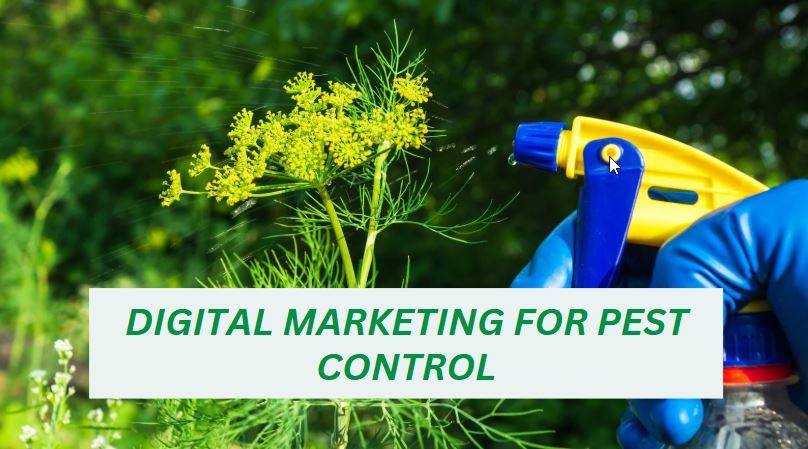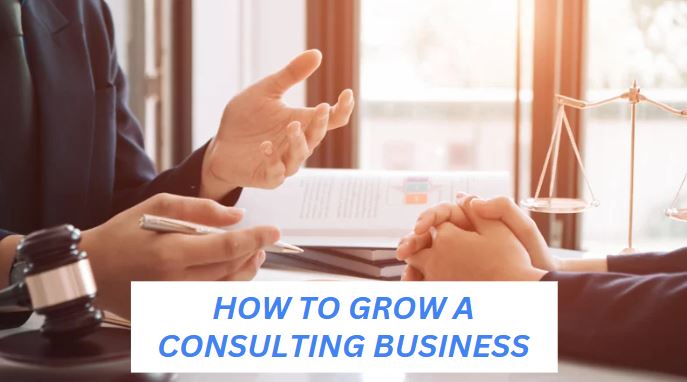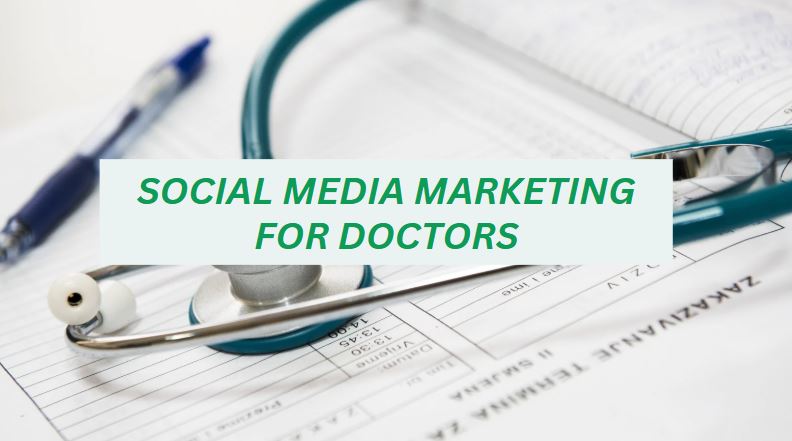Marketing a pest control company online doesn’t have to be expensive or complicated. You need a simple strategy that’s proven to work for other businesses in your industry. How do you do that? By reverse-engineering your competitors. In this guide, we’ll give you a step-by-step blueprint on how to do digital marketing for pest control the right way. Let’s dive in.
Why Digital Marketing is Important for Pest Control Businesses?
Every business should follow its target customers. If they’re shopping in a mart regularly, reach them there. If they’re spending time on Facebook, work on your Facebook marketing strategy. Many people who need pest control services turn to Google to find solutions to their problems. They might search for “Pest control near me”. To get in front of them, you’ll need an effective local SEO strategy. We’ll discuss it in more detail later. For now, just remember that 78% of local mobile searches lead to a purchase within the next 24 hours. In addition to organic marketing, where you create content and attract your target audience, advertising is another powerful way to get customers, although it does require an upfront investment. With Google Ads, for example, you can get instant traffic to your landing pages by paying the search engine a specific amount per click.
Key Digital Marketing Strategies for Pest Control Businesses
Let’s talk about some key digital marketing strategies your competitors might be using and you aren’t.
Google Business Profile Optimization
Probably the first thing you should be doing is making sure that you have an optimized Google Business Profile. Why’s that important? Because GBP optimization helps your business rank on the Google Map Pack, which is essentially the top 3 businesses on the first page for a specific search query.
You May Also Like: Adveritising vs. Content Marketing
Imagine getting consistent daily inquiries just by ranking your business in one of those 3 spots. To optimize your GBP, start by making sure you provide every possible detail about your business to Google. This especially includes your:
- Name
- Address
- Phone Number
- Website
- Images
- Services
- Primary and secondary categories (If any)
Customer reviews can also indirectly impact your local visibility by generating more clicks, inquiries, and directions requests. This is because pest control companies with more 5-star and positive customer reviews tend to be more trustworthy than businesses that don’t have enough customer feedback. According to data, 88% of people trust online reviews as much as referrals.
Website SEO and User Experience
Website search engine optimization can help you generate visitors from search engines. Although your web pages will rank below the Google Map Pack, you can still generate a decent number of visitors by ranking high organically. Website SEO for pest control has three main parts:
Technical SEO: This isn’t as technical. The goal of technical SEO is to make your website accessible to search engine bots. You implement a list of technical SEO workflows to help Google understand and rank your content. This includes, but is not limited to:
- Installing an SSL certificate to keep your site secure
- Ensuring your site loads well on all devices, especially mobile phones
- Keeping all the links on your site active (Removing broken links)
- Making sure the loading speed isn’t too slow
On-Page SEO: This means creating content that aligns with your pest control SEO goals.
Finding the right keywords, creating service pages, and optimizing these pages with SEO best practices is what on-page SEO is all about.
To optimize a web page:
- Write user-friendly content
- Address the searcher’s intent (For instance, do they need a quick answer or want an in-depth guide)
- Use your target keyword and its relevant variations throughout the page
- Leverage visuals to improve dwell time (Time spent on site by an average visitor)
- Use your main keyword in the title, meta description, URL, and image ALT tags
- Leverage internal linking to improve navigation and help search engines understand your site’s structure
- Link out to relevant, authoritative sources to build your content’s credibility
Related: How to Do Email Marketing?
Off-Page SEO: As the name suggests, this type of SEO involves creating backlinks to your website. Backlinks are of many types, and you’ll want to build the right ones. First off, create your pest control profile on different digital platforms, including social media, forums, and Q&A sites like Quora.
In addition to that, reach out to other website owners that aren’t your direct competitors and get them to share your content on their site (Aka guest posts).
Pay-Per-Click Advertising
PPC Ads help you drive high-intent traffic to your web pages. For instance, if you have a page on pest control services for homeowners, you can target specific keywords to get traffic to it, e.g., “Best pest control in [City name] for homes”. Social media ads are another powerful source of traffic, with Facebook ads costing $1 per click on average.
Social Media Marketing
Social media has billions of active users. You can use content marketing to get in front of your audience. Or, you can leverage social media ads to show your messages to people with specific demographics and online behavior.
Frequently Asked Questions
Let’s address some frequently asked questions related to digital marketing for pest control.
What is the Best Digital Marketing Strategy for Pest Control?
Local SEO would be the most important digital marketing strategy since it helps you attract a high-intent audience consistently.
How Much Should a Pest Control Company Spend on Digital Marketing?
This is a subjective question. Your marketing budget will depend on your goals, your existing business stature, and what strategies you want to focus on.
How Can a Pest Control Website Attract More Customers?
By optimizing your website’s pages for popular search queries like “Pest control in [City name]”. You can also create helpful blog posts to get traffic to your website and convert it into leads.
Conclusion
62% of home service businesses struggle with lead acquisition, so you need targeted marketing campaigns to grow. The best way to grow a pest control company is by investing your resources into the right digital marketing strategies. Local SEO alone can’t help you build a sustainable traffic system. You want to create multiple sources of traffic and not depend on one or two strategies. For instance, with local and website SEO, build your social presence by sharing different types of content and building a community around your brand.
References:
- https://www.invoca.com/blog/home-services-marketing-stats
- https://highlevelthinkers.com/pest-control-marketing/
- https://www.invoca.com/blog/home-services-marketing-stats
- https://www.investopedia.com/terms/d/digital-marketing.asp
- https://www.rfm-group.com/what-is-pest-control/




